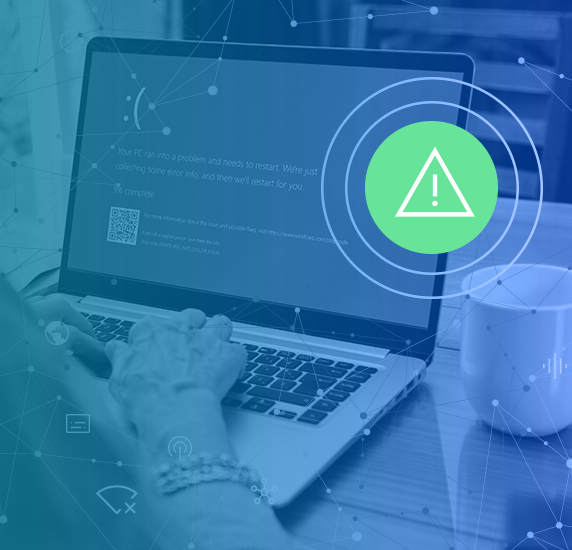Organizations are facing the daunting challenge of detecting, reviewing and analyzing an ever-growing number of cyber alerts. According to the EY 2023 Global Cybersecurity Leadership Insights Study, organizations are facing an average of 44 significant cyber incidents a year. And whether because of the complexity of events, lack of visibility due to siloed data sources and teams, or human error, security detection and response times have slowed over the past year with three-quarters of organizations taking an average of six months or longer to do so.
More data doesn’t necessarily correlate to stronger defenses. Between switching through different systems due to poor technology integrations to repetitive information in data streams, reports from innumerable solutions can distract from priority alerts. As the volume of available sources and information grows, cybersecurity teams can address this challenge by automating and consolidating cybersecurity data.
Benefits of consolidating data delivery
Data ingestion is crucial to the success of cybersecurity teams, but the volume and complexity of alerts they receive requires a tailored approach. One way is to consolidate the delivery of data into a threat intelligence platform (TIP) so teams can spend less time on collecting and managing data—and more time overseeing priority intelligence requirements (PIRs) to pinpoint priorities.
Here are four reasons why consolidation is a must for any organization looking to improve defenses:
No. 1: Take the pressure off of lean cybersecurity teams
The global cybersecurity workforce shortage has reached a record high of nearly 4 million. Because of this, understaffed teams are under greater strain with a reported 55% of cybersecurity professionals experiencing on-the-job stress at least half the time. These lean teams find it increasingly difficult to keep up with a large volume of data alerts while facing the mounting pressure to protect against complex and sophisticated cyber threats.
By consolidating data delivery into a TIP, lean cybersecurity teams don’t have to spend time toggling through disjointed tools. TIPs help automate repetitive tasks and provide early threat detection, all while integrating with existing security tools so teams can be more efficient—improving overall job satisfaction.
No. 2: Gain clarity on priorities
The sheer volume of cybersecurity data can often lead to information overload, making it challenging for organizations to distinguish between critical and non-critical data. Streamlining data delivery can simplify the intake process to generate relevant alerts. This consolidated approach not only helps in distinguishing what is important but also provides much needed clarity on cybersecurity priorities.
Connecting well-sourced data into a TIP ensures that the intelligence gathered is reliable and relevant. And when cybersecurity data is presented with context, analysts can better assess the severity and implications of a threat, enabling them to form a comprehensive picture of potential risks, improving the mean time it takes to detect, acknowledge, contain, resolve, and recover from an incident.
No. 3: Minimize costs
Enterprises’ cyber tech stacks have an average of 31.5 security tools. More tools mean greater implementation and training needs, maintenance requirements, and budget allocations. Instead of managing disparate data architectures, organizations can maintain a single, centralized source for all cybersecurity data using a TIP that not only simplifies storage and retrieval but streamlines governance and compliance efforts. Reducing the number of tools and services used also contributes to cost savings, while allowing organizations to derive more meaningful insights from their data.
No. 4: Be better prepared to reduce costs associated with ransomware attacks
Ransomware attacks have become a pervasive threat, causing significant financial and reputational damage to organizations. By 2031, the costs of these attacks are forecasted to reach $265 billion. By having a centralized data repository, organizations can be better prepared to implement robust backup and recovery strategies. In the event of a ransomware attack, quick and efficient data analysis through a TIP is necessary in reducing downtime and associated costs.
The consolidation of cybersecurity data delivery enables teams to gain a holistic view of relentless cyber threats while providing a steady analysis to be more proactive. By embracing this pivotal strategy for data collection, organizations can enhance their ability to detect, respond to, and mitigate cyber risks, ultimately safeguarding their digital and physical domains from the ever-expanding threat landscape.
Dataminr Pulse for Cyber Risk
Organizations can improve their data collection with customizable, real-time alert delivery, including various integration options.
Learn More



